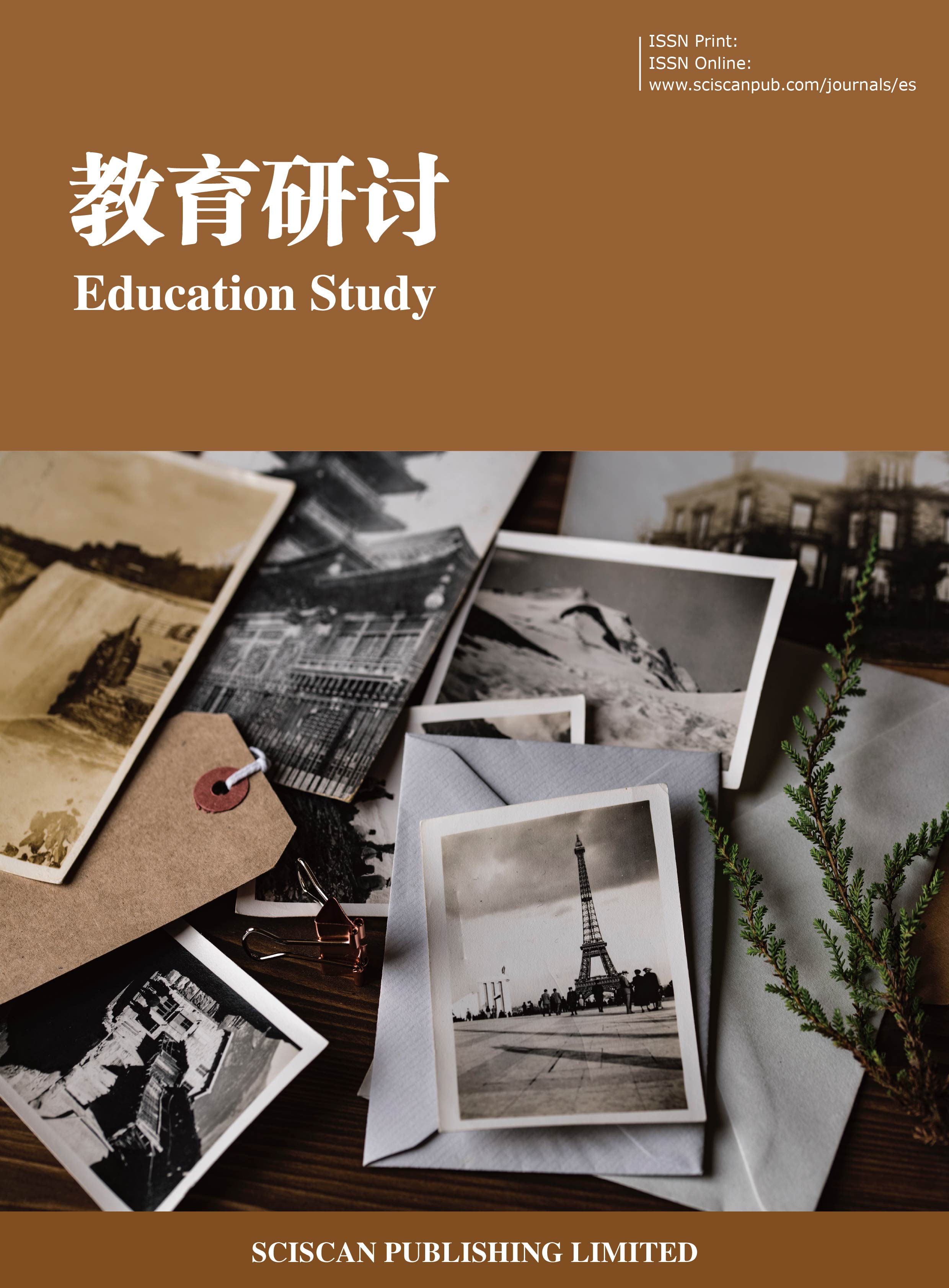Education Study
ISSN Print:2707-0611
ISSN Online:2707-062X
Contact Editorial Office
Subscribe to the latest published information from SCISCAN
中高阶留学生修辞格习得考查及审美偏误
Research on the Acquisition of Rhetoric and Aesthetic Preference by Middle and Advanced International Students
- Authors: 元振芳
-
Information:
北京工业大学耿丹学院汉语国际教育专业,北京
- Keywords: 中高阶;留学生;修辞格习得;审美偏误
- Middle and advanced; International students; Acquisition of rhetoric; Aesthetic preference
- Abstract: 修辞格体现在国际中文教育中听、说、读、写、译五项言语交际能力的各个方面。本文依据中介语理论,运用偏误分析法以及定量与定性相结合的研究方法访谈法,同时以王希杰的修辞格分类为主要依据,通过对中高阶留学生的修辞格语料进行整理统计,分析其在均衡类、侧重类、变化类和联系类修辞格的习得情况及审美偏误,并探讨偏误背后的文化和语言根源。研究发现,学生对四类修辞格的习得效果评估由高到低依次为侧重类、均衡类、联系类、变化类,且每类内部各个修辞格的习得情况也存在差异;学生通常会出现语言结构失衡、句子重心缺失、夸张程度不足、比喻词重叠使用等审美偏误。本文最后提出相应的教学策略,以期提高留学生的修辞能力,减少跨文化交流中的误解。
- Figures of speech are manifested in all aspects of the five communicative skills of listening, speaking, reading, writing and translating in international Chinese education. Based on the interlanguage theory, this paper adopts the bias analysis approach, quantitative and qualitative research methods, as well as interview methods, and takes the classification of rhetorical figures in Chinese Rhetoric (3rd edition) by Wang Xijie (2014) as the main reference. Through the sorting and statistics of the corpus of students majoring in international Chinese education at the middle and high levels, this paper analyzes the acquisition of balanced, focused, varied and associative figures of speech by intermediate and advanced Chinese learners and their aesthetic errors, and explores the cultural and linguistic roots underlying these errors. It is found that students’ evaluation of the acquisition effect of the four types of speech figures is as follows: emphasis > balance > association > change, and there are disparities in the acquisition of each figure of speech within each class. Students frequently interpret the rhetorical devices in the target language based on their own cultural aesthetics, which results in the imbalance of the language structure, the lack of sentence focus, the deficiency of exaggeration, the overlapping use of figurative words, and the indistinct emotional color of borrowed pronouns. Finally, this paper proposes several teaching strategies to enhance the rhetorical ability of international students and reduce misunderstandings in crosscultural communication.
- DOI: https://doi.org/10.35534/es.0605172
- Cite: 元振芳.中高阶留学生修辞格习得考查及审美偏误[J].教育研讨,2024,6(5):1292-1300.














